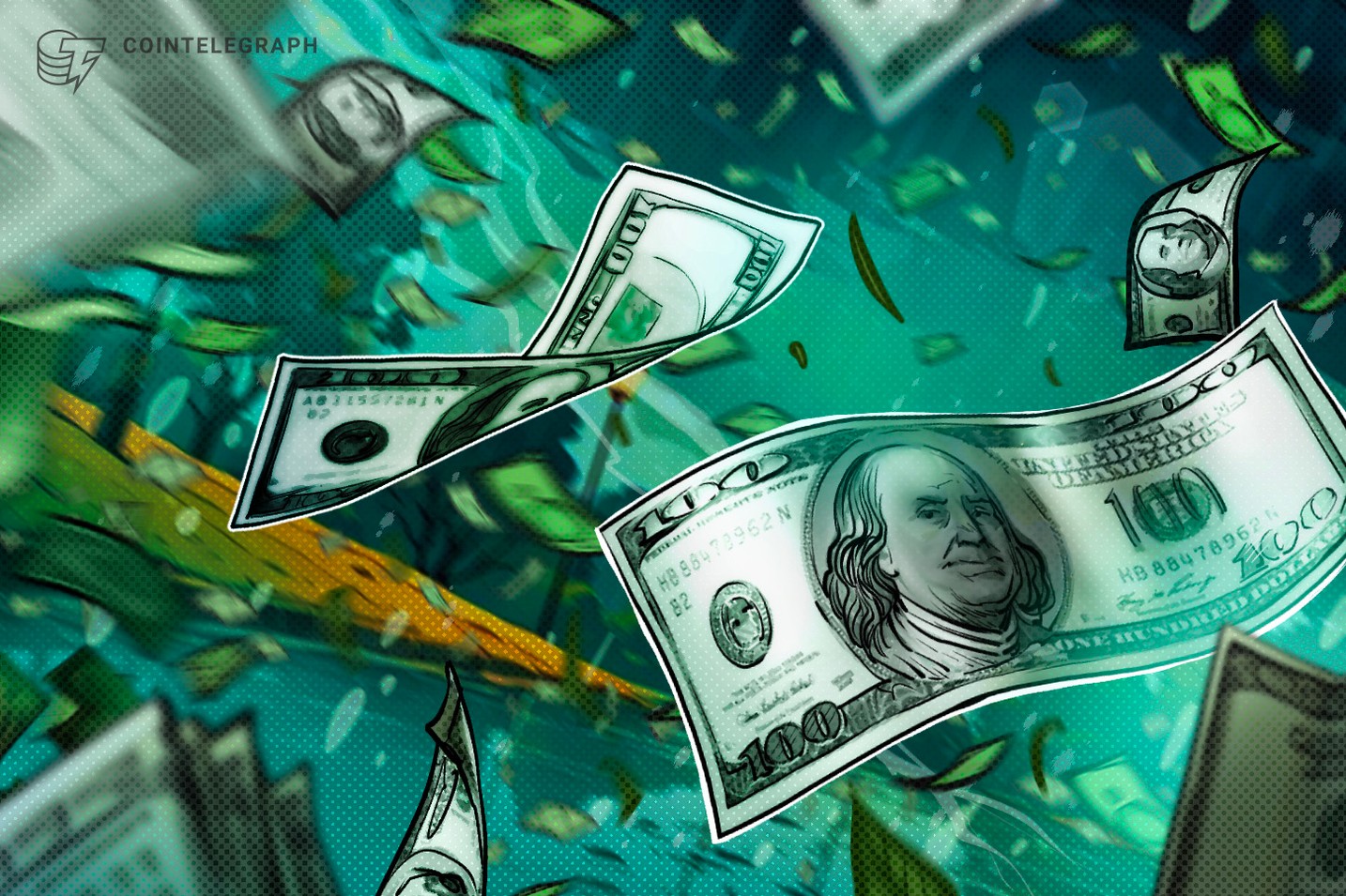
China's Rare Earth Export Restrictions Could Lead to Dollar Decline, Says Expert
Analyst Luke Gromen emphasizes the implications of China's rare earth mineral export controls on the US dollar's status.
The dominance of the US dollar is waning, particularly following China’s recent export restrictions on rare earth minerals, crucial for electronics and defense, according to analyst Luke Gromen.
China’s curbs on these minerals prevent their sale to the US military sector, which supports dollar stability through military might, Gromen shared in a discussion with Marty Bent, the founder of Truth For the Commoner.
The sanctions have already led to US President Donald Trump announcing a new 100% tariff against China, revealing that China possesses significant influence, contrary to what many Western analysts believe. He remarked:
“If you messed with the monetary side of the rules-based global order, the US would send the military over and kick your head in. That is a big part of why Saddam was invaded, a big part of what Gaddafi was doing.”
China is responsible for over 90% of global rare earth production, according to Reuters, and these proposed export controls areexpected to significantly alter global supply chains and the monetary landscape.
Implications for Bitcoin and Hard Assets
Gromen argues that adopting a hard money standard is essential to remedy the economic challenges currently facing the US. He points to Bitcoin and gold as critical assets likely to appreciate amidst ongoing inflation, as more people turn to them to safeguard their purchasing power.
He remains skeptical of the US government’s strategy involving stablecoins, labeling them as only a temporary solution that fails to address the fundamental issue of currency debasement.
The Dollar Currency Index (DXY) is currently showing a downward trend, indicating the dollar’s potential worst year since 1973, with Bitcoin and gold climbing to unprecedented values, as outlined by investment analysts from The Kobeissi Letter.
The letter noted, “The USD is on track for its worst performance in decades, losing over 10% value this year. Since 2000, the USD has lost 40% of its purchasing power.”
Ongoing currency debasement fuels a cycle where asset prices rise, as investors seek to maintain their purchasing power.


